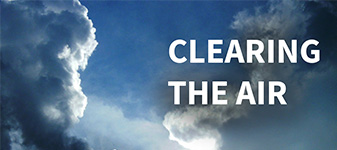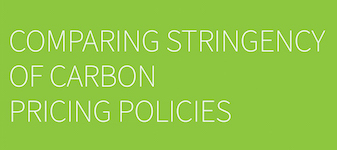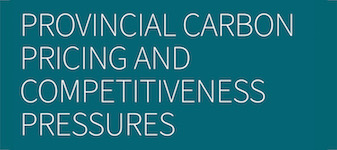Carbon Pricing
What is carbon pricing?
Carbon pricing is the cheapest way to slow climate change. By attaching a cost to the greenhouse gases that cause climate change, we’re ensuring Canada’s economy gets cleaner as efficiently as possible. With smart design, carbon pricing also protects families from rising costs and ensures our businesses remains competitive.
There are two main ways to put a price on carbon. Both are used in Canada. For example, British Columbia uses a carbon tax, while Quebec uses cap-and-trade. These systems are more similar than different:
- both put a price on carbon
- both create market-based incentives for emissions reductions and innovation
- both can generate revenue that can be recycled back to the economy
- both are more cost-effective than regulations or subsidies
These systems differ in a few key ways. A carbon tax create certainty around the price, whereas a cap-and-trade system creates certainty around the emissions reduced.
Learn more about the differences between carbon tax and cap-and-trade systemsWhy do economists prefer carbon pricing?
Our research shows that carbon pricing is the lowest-cost way to shrink greenhouse gas emissions. Other approaches will cost households, businesses, and the overall economy more. Carbon pricing is also the best way to encourage innovations that will make the shift to a cleaner economy more affordable.
- Extreme Weather. The increasing intensity and frequency of extreme weather events, such as wildfires and storms, are leading to large financial losses for Canadian insurers.
- Forestry Products. Climate change has already had major impacts on Canada’s forest-products sector, including the outbreak of the mountain pine beetle in Western Canada.
- Freshwater Levels. A warmer climate brings with it the risk of reduced water levels in Canada’s lakes and rivers, which could have major implications for a range of sectors, including shipping.
- Sea Level. The melting of glaciers and ice sheets from warming, along with thermal expansion from warming ocean water, contributes to global sea-level rise and poses huge threats to urban residents and infrastructure on both the Pacific and Atlantic coasts of Canada.
- The North. The Canadian Arctic faces both more severe threats and greater likelihood of further impacts, including major disruptions to the way of life of First Nations and Inuit with loss of ice cover.
- Agriculture. A warming climate can have both positive and negative economic effects. On the positive side, for example, production of winter wheat could increase. On the down side, droughts and pests can create financial losses.
- Fisheries. The rising atmospheric concentration of GHGs is leading to rising ocean acidification, which is expected to have far reaching effects on marine ecosystems along all three of Canada’s coastlines.
- Mining and Exploration. Operations bear economic costs—especially in the North, where operations often rely on ice roads for the transportation of both inputs and outputs.
Videos
YouTube responded with an error: The playlist identified with the request's <code>playlistId</code> parameter cannot be found.
Hear It First
Sign up to get the earliest information on our latest reports, events, and news.











